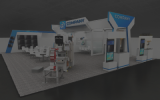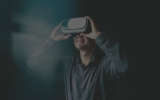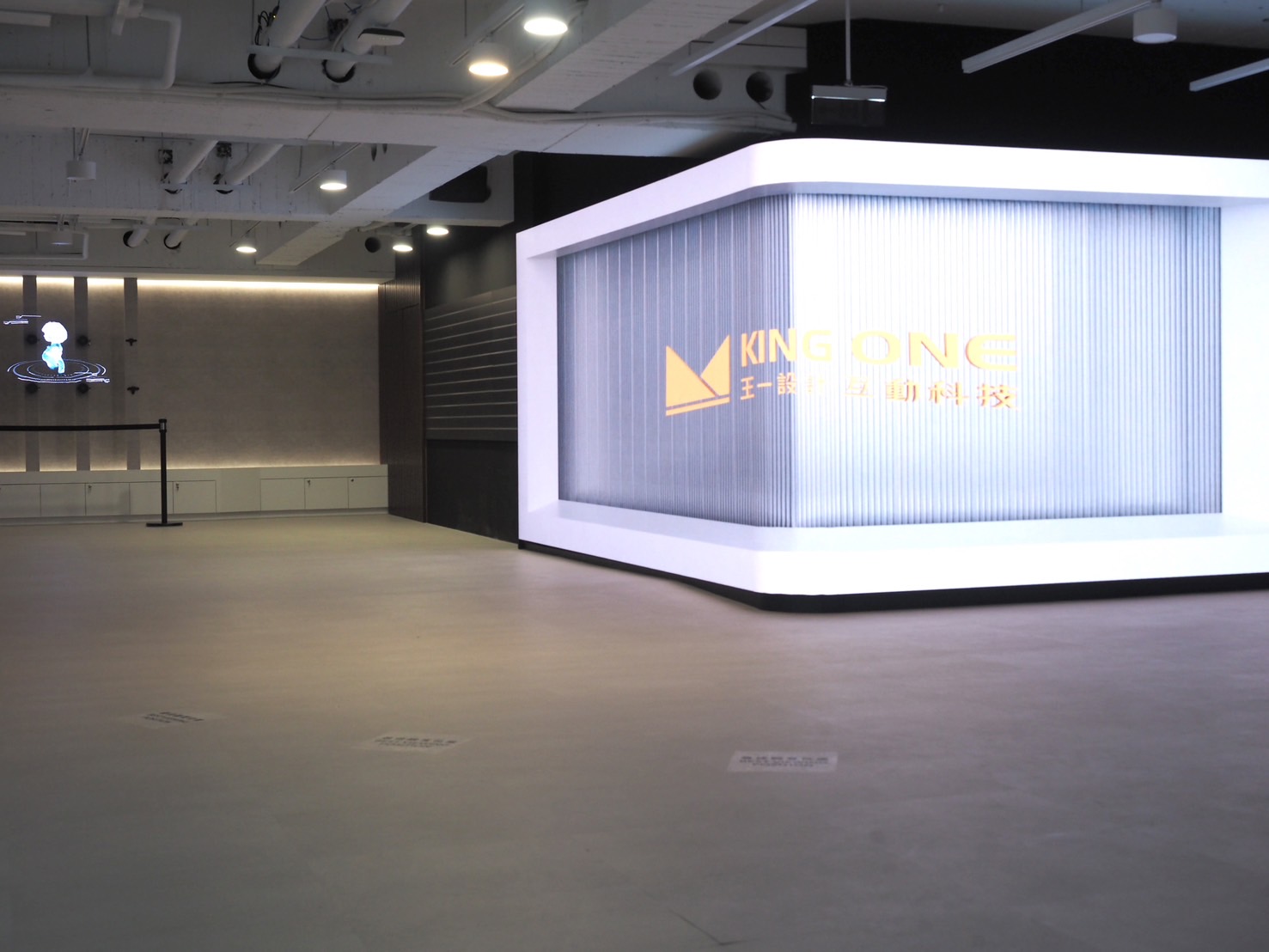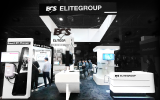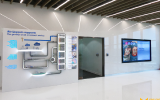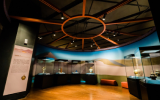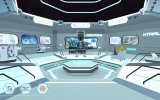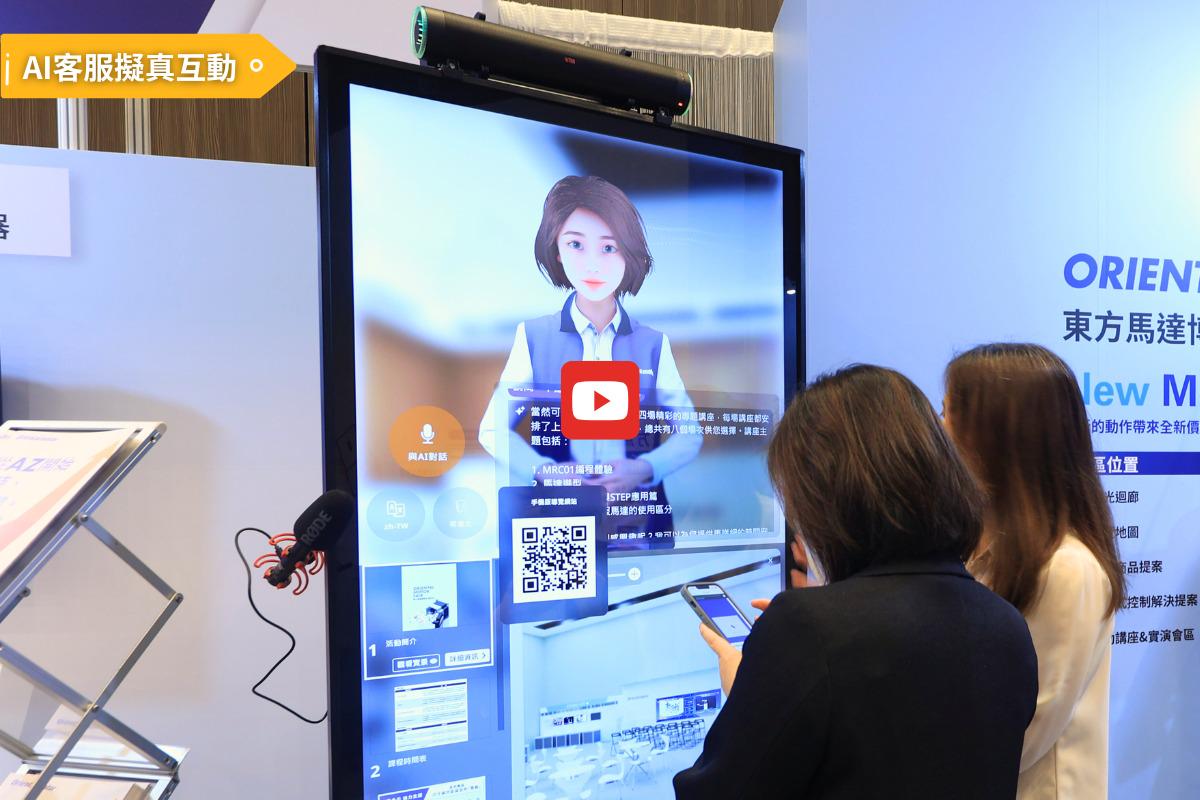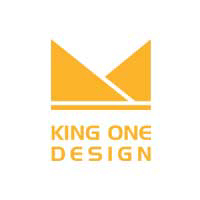2025Generative AI Breakthrough! AI Guides Bring Exhibitions to Life Through Storytelling
Catalog
- The Rise of the AI Smart Guide: From Lab Innovation to Real-World Applications in Museums and Beyond
- Enhancing Venue Service Capacity: AI Smart Guides Break Language and Staffing Barriers
- Enhancing Interactive Experiences: The 3 Key Features of the AI Smart Guide
- From Online to Offline: The Seamless Integration of Virtual and Physical AI Smart Guide Applications
- Course Extension — Taoyuan City Library Main Branch
- Virtual Exhibition Hall — Tainan Anping Reclaimed Water Plant Environmental Education Center
- AI Smart Guides Don’t Replace People—they Deepen Experiential Learning
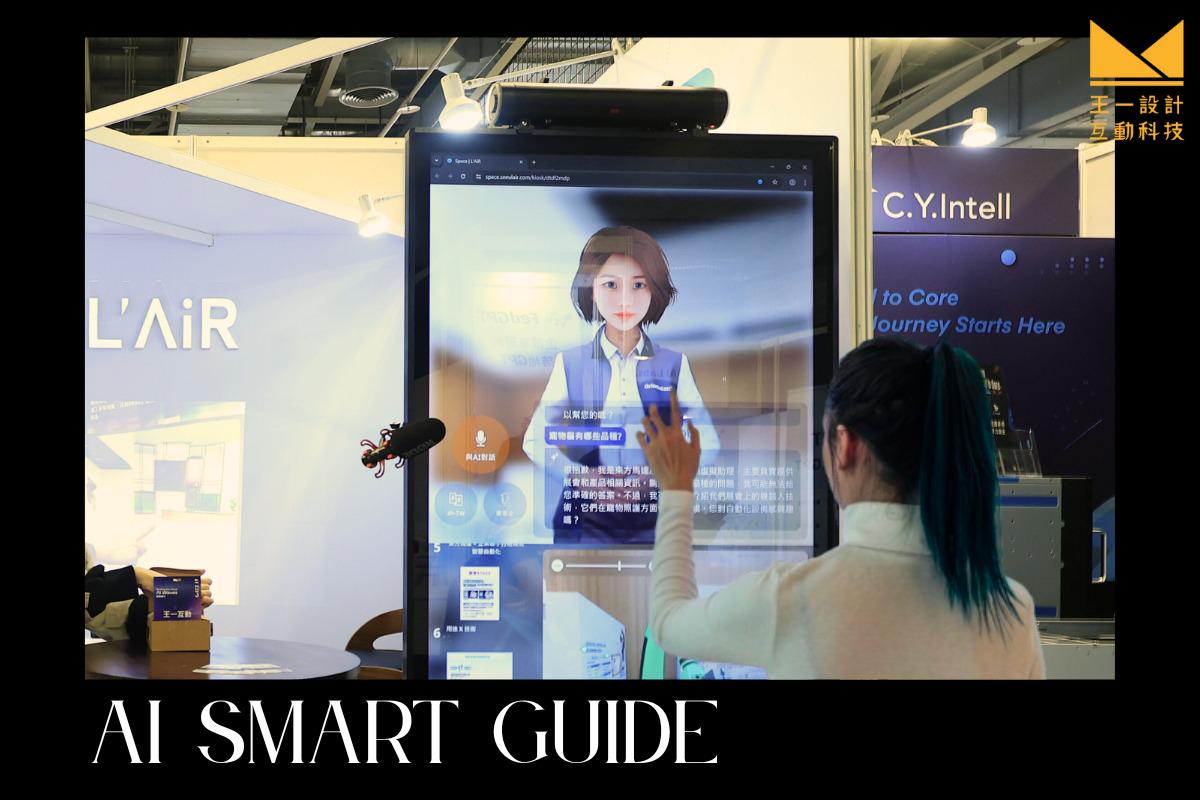
Image Source:King One Design
Since the explosive debut of ChatGPT in 2022, the world has been swept up in a wave of generative AI. Enterprises across the globe have begun to prioritize AI applications, while the general public is increasingly incorporating AI tools into daily life—from automatic image generation and data aggregation, to spatial navigation through AI-guided systems. This technological revolution is no longer confined to high-tech or digital content industries; it is steadily making its way into cultural and traditional sectors, redefining how people engage with space, content, and brands.
Among these advancements, the emergence and widespread adoption of AI-guided kiosks are transforming real-world experiences in museums, cultural exhibitions, craft studios, and showrooms. These tools are more than just an upgrade in navigation—they represent a new approach to 「cultural knowledge transmission」 and 「industry value revitalization」. Your personal AI voice-guided assistant enhances both interactivity and engagement, opening up a new chapter in how exhibitions connect with their audiences.
The Rise of the AI Smart Guide: From Lab Innovation to Real-World Applications in Museums and Beyond
Although today we often associate AI Smart Guides with voice recognition, personalized recommendations, and generative content, the concept of AI-guided experiences quietly began to take root as early as the late 1990s. While robotic technology was still in its infancy at the time, early prototypes already demonstrated the potential to combine spatial navigation with knowledge delivery—marking them as pioneers in the history of AI Smart Guide development.
International Case Studies:
Smithsonian Institution, USA – Minerva Guide Robot
In 1998, the Smithsonian Institution introduced a guide robot named Minerva, one of the earliest applications of AI in guided tours. Minerva provided real-time information and commentary on exhibits, significantly enhancing visitor interaction and laying the groundwork for the evolution of AI Smart Guides.
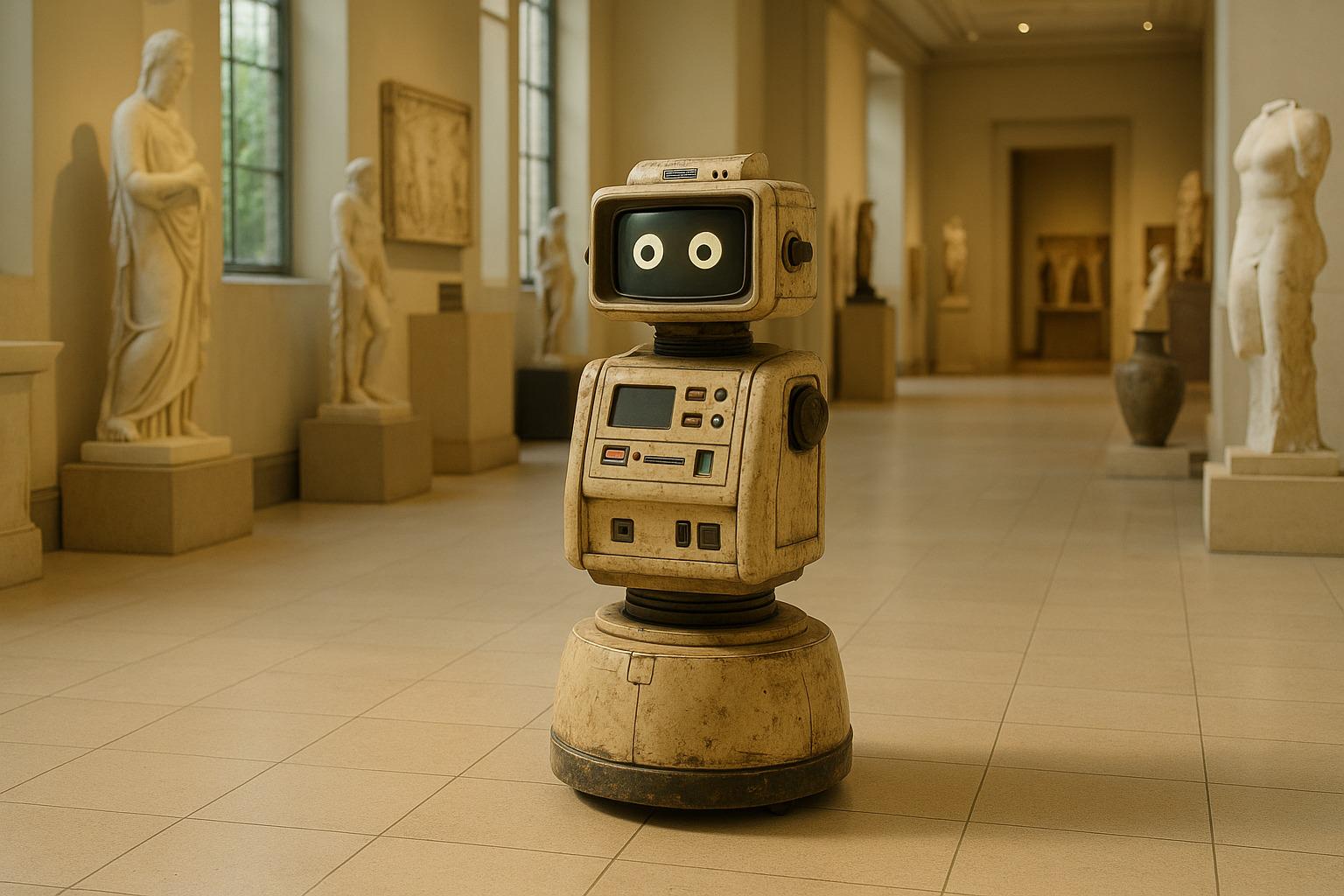
Image Source:King One Design
Enhancing Venue Service Capacity: AI Smart Guides Break Language and Staffing Barriers
Many cultural and creative venues or traditional industry sites have long faced challenges such as insufficient tour staff, limited foreign language reception capabilities, and the inability to extend or reuse exhibition information.
For example:
【Cultural Exhibitions and Performances】
Often held temporarily with unstable and ad hoc staffing, it is difficult to maintain consistent tour quality. After the event ends, the guided content disappears with it, preventing the accumulation or reuse of knowledge, resulting in broken knowledge transfer and wasted resources.
【Museums and Art Galleries】
Exhibitions are rich in content, but guided tours often rely on static text panels that lack interactivity. Younger audiences tend to show less interest in static displays and miss opportunities for self-directed exploration and inquiry, making it harder for cultural knowledge to leave a lasting impression.
【Craft Workshops and Showrooms】
Traditional crafts face challenges related to technical expertise and language barriers. Processes like pottery, lacquer art, and weaving can be seen, but visitors often cannot immediately grasp the value and context behind these techniques. Even when artisans demonstrate live, it’s difficult to explain simultaneously to multiple visitors face-to-face. As a result, the tour content is limited to “what you see and hear.”
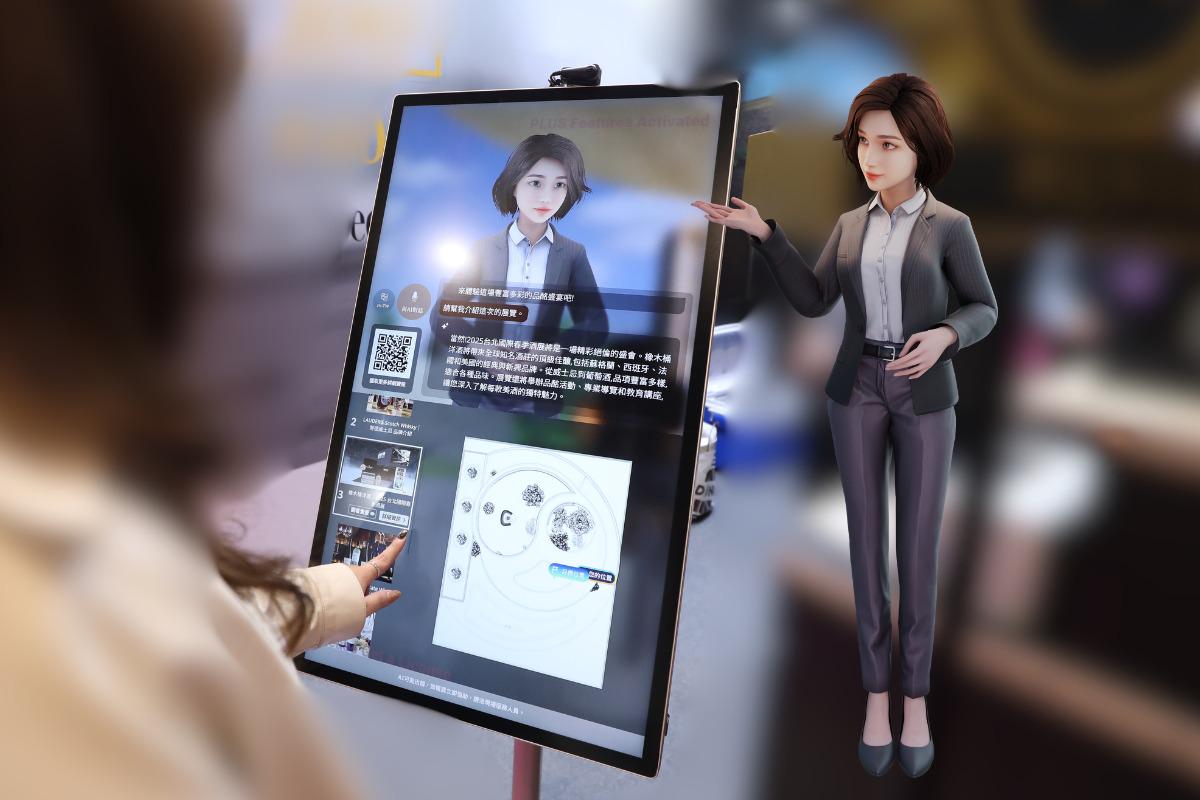
Image Source:King One Design
In these scenarios, the emergence of the AI Smart Guide not only addresses the challenge of limited manpower but also redefines the way knowledge is conveyed and audience interaction occurs within the venue. It provides real-time, comprehensive, and accurate information support, enabling visitors to instantly access the content they wish to learn. Paired with an efficient and intuitive interactive interface, the exploration process becomes smoother and more personalized.
As part of a smart exhibition service desk, the AI Smart Guide can also connect various service resources, enhancing overall visitor experience and operational efficiency. It becomes the ideal partner for on-site professionals, collaboratively creating an exhibition experience that balances depth with efficiency, injecting fresh energy into cultural and traditional industries.
Enhancing Interactive Experiences: The 3 Key Features of the AI Smart Guide
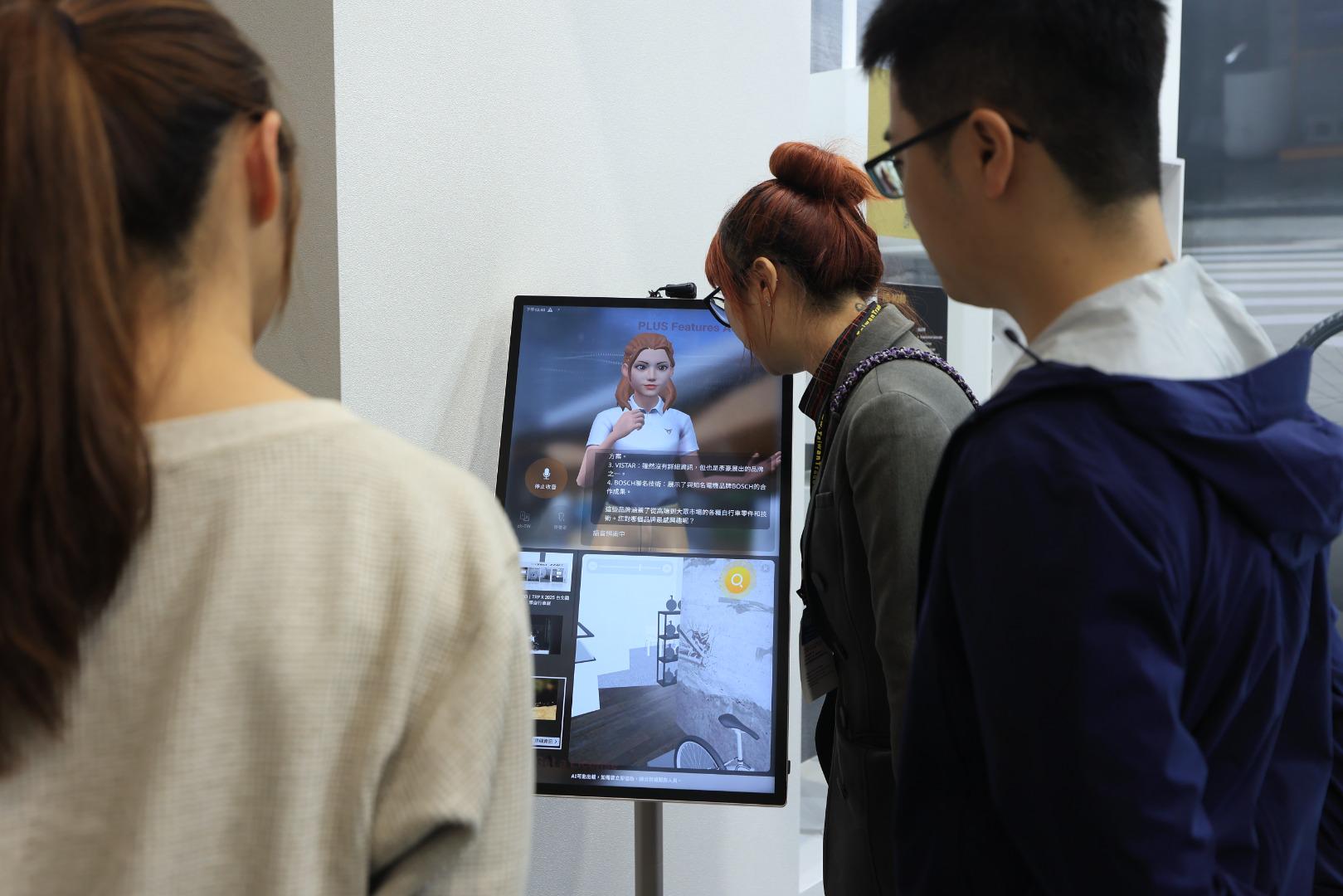
Image Source:King One Design
Compared to traditional guided tours, the AI Smart Guide is no longer just a “passive narration” device. It’s an intelligent platform that actively understands the venue context, responds instantly to visitor needs, and continuously optimizes its content.
These capabilities are supported by three core technologies:
1.Breaking Spatial Limits: 720° 3D Panorama Tours
Many cultural and traditional industry venues face space constraints, or exhibit content that can’t be physically preserved long-term. The AI Smart Guide, equipped with built-in 720° panoramic tour technology, can fully recreate exhibition spaces. Visitors can freely explore every corner via touchscreen, mobile devices, or even VR, whether they’re on-site or remote. This virtual-physical integration not only extends the lifespan of exhibitions but also broadens audience reach.
2.Language Accessibility: Multimedia and Multilingual Content Integration
To accommodate visitors from diverse linguistic backgrounds, the AI Smart Guide features a multilingual database combined with flexible narration through voice, text, images, and videos. Whether foreign tourists, elderly visitors, or those with hearing impairments, users can choose the guide mode that best suits their needs, greatly enhancing accessibility and visitor autonomy.
3.Digital Asset Management: Knowledge Preservation and Extended Application
For organizations holding craft, skill, or cultural-historical content, preserving and passing down intangible assets is a major challenge. The AI Smart Guide integrates data aggregation and annotation functions, helping venues quickly complete digital archiving. It builds a multi-layered asset database including audio-visual, textual, and spatial information. This not only facilitates future reuse but also ensures cultural resources are accessible beyond time and space, allowing more people to see and understand them.
From Online to Offline: The Seamless Integration of Virtual and Physical AI Smart Guide Applications
The AI Smart Guide breaks the boundaries of time and space in cultural experiences by seamlessly integrating virtual and physical realms, creating a complementary relationship between online and offline.
Offline, the AI Smart Guide offers real-time multilingual tours and intelligent interactive recommendations. Online, combined with the L’AiR platform’s SPACE virtual exhibition feature, visitors can enter 3D environments anytime to preview exhibitions or explore further. This extends the exhibition period and broadens reach. The blend of virtual and physical experience design transforms guided tours into cultural journeys that can be preserved and shared.
Course Extension — Taoyuan City Library Main Branch
Taoyuan Public Library launch the 「Golden Maker House Winter Camp」Among its offerings is the 「VR Virtual Golden House」 course, which combines the traditional spirit of “Books Are a Treasure House” with cutting-edge VR technology. This allows students to explore knowledge in a virtual world, blending learning, gaming, and creativity to experience a breakthrough immersive education model beyond time and space.
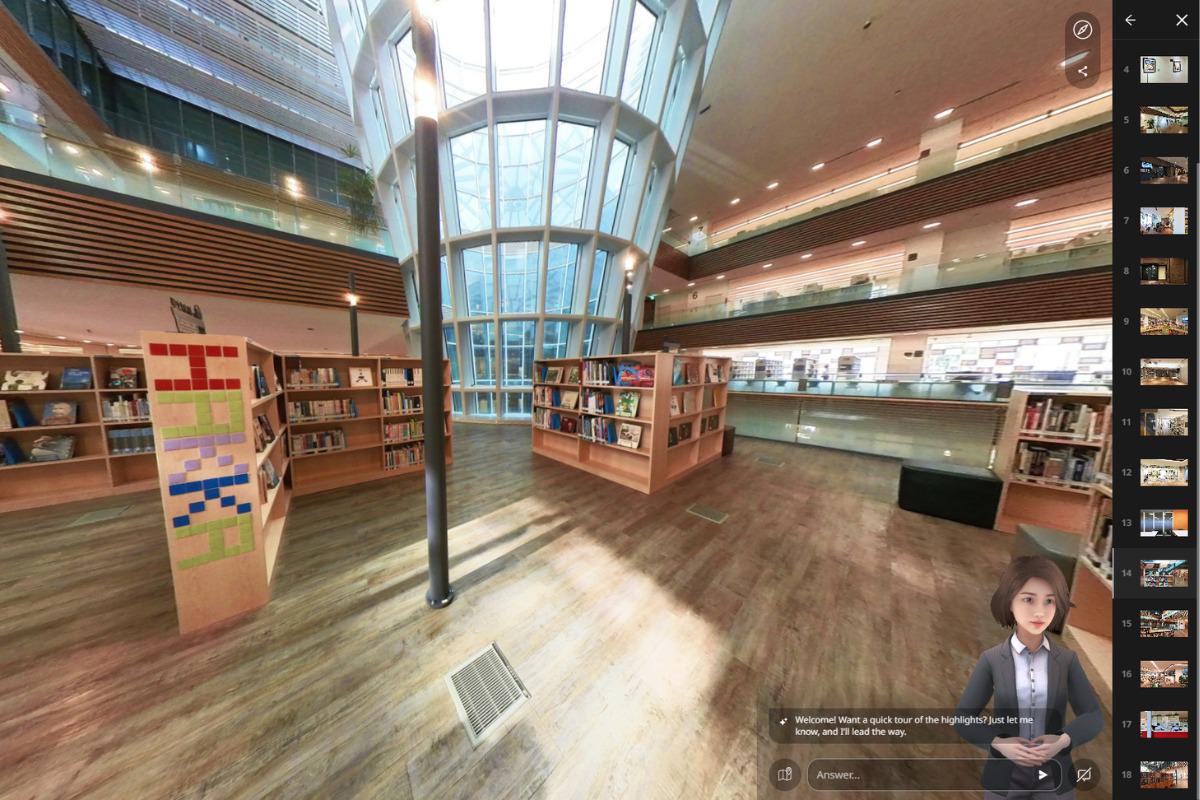
Image Source:King One Design
Virtual Exhibition Hall — Tainan Anping Reclaimed Water Plant Environmental Education Center
The Tainan Anping Reclaimed Water Plant Environmental Education Center, inspired by the design concept of a 「water droplet」, integrates diverse interactive technologies such as AR, VR, light sculpture projections, and motion-sensing games. It guides visitors through the processes of wastewater and reclaimed water treatment, promoting the concept of sustainable water resources. This center is not only ideal for school field trips but also serves as a great destination for both leisure and learning.
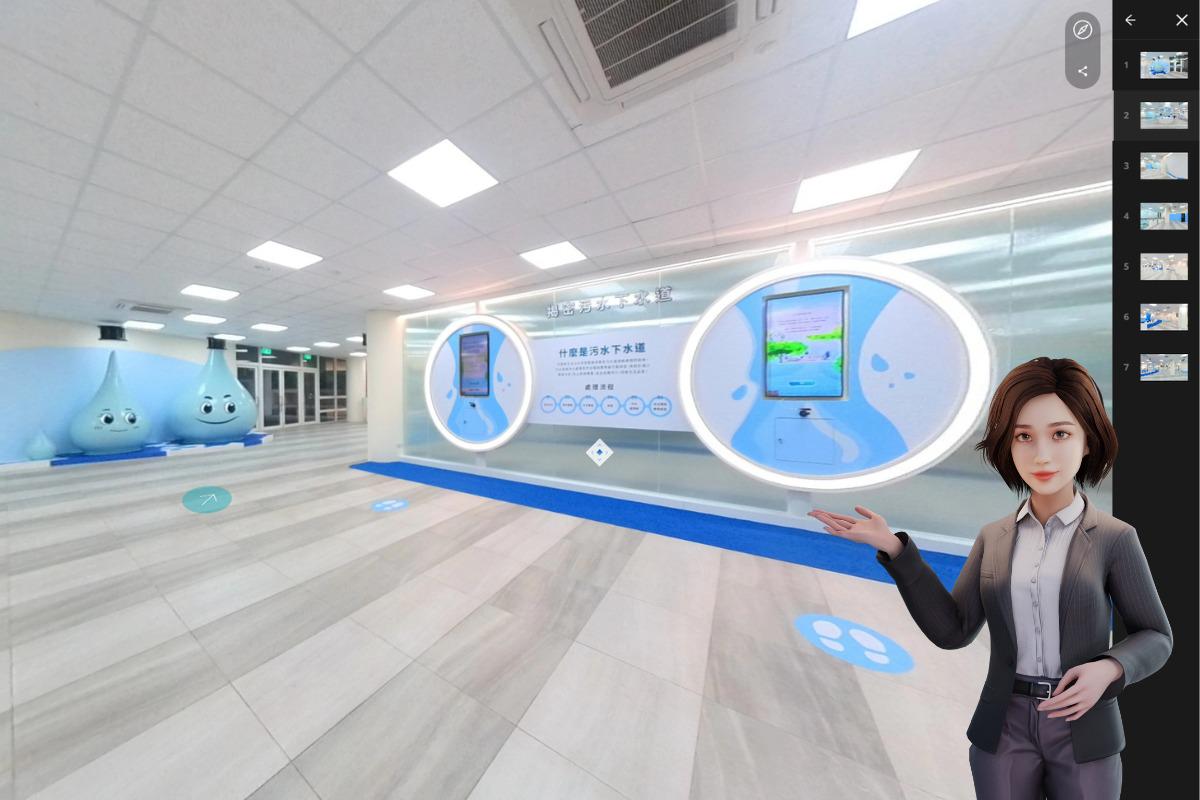
Image Source:King One Design
AI Smart Guides Don’t Replace People—they Deepen Experiential Learning
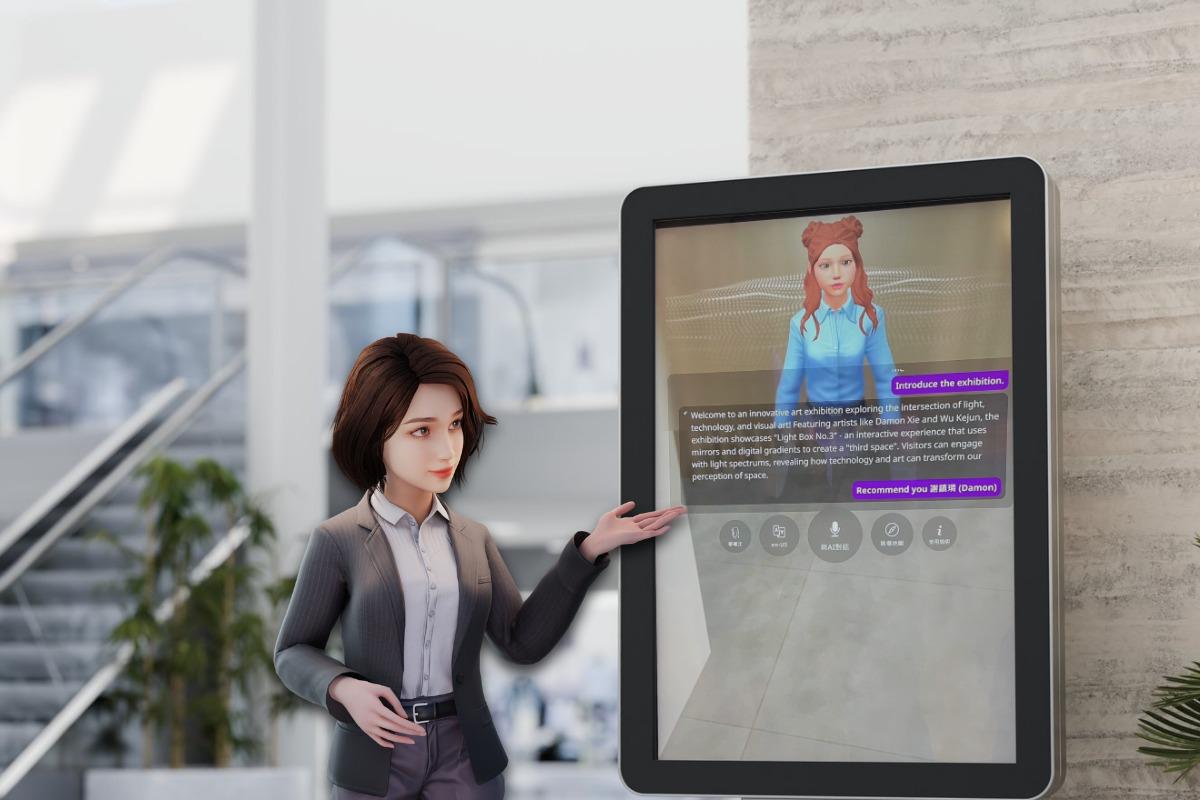
Image Source:King One Design
The core value of the AI Smart Guide lies in delivering knowledge with greater depth and flexibility. It offers multilingual, multimedia interactive options, allowing visitors to choose their own paths and topics based on interest—shifting from 「passive listening」 to 「active exploration」.
Whether at cultural sites, art museums, or craft venues, the AI Smart Guide transforms static content into immersive experiences, addressing staffing shortages and overcoming language and time barriers. More importantly, it connects databases and extends knowledge contexts, turning each visit into a process of repeated learning and deeper understanding.
With the aid of technology, culture is no longer merely displayed—it forms meaningful connections with every visitor, bringing people closer to knowledge instead of distancing them.
- 1
6 Different Types of Trade Show Booths You Need to Know
Brand Strategy
- 2
What is CIS? Corporate Identity Design that goes hand in hand with exhibition design
Tech Life & Trends
- 3
How to do commercial space planning? 4 recommended works of commercial space design take you to understand the corporate philosophy
Brand Strategy
- 4
SAVE THIS PAGE! Useful Vocabulary and Sentences for Exhibition Goers and Exhibitors!
Exclusive Perspective
- 5
What you need for Situational Design - 2.5 D
Exclusive Perspective
- 6
3D Logo - The Little Secret in Exhibition Design
Exclusive Perspective


